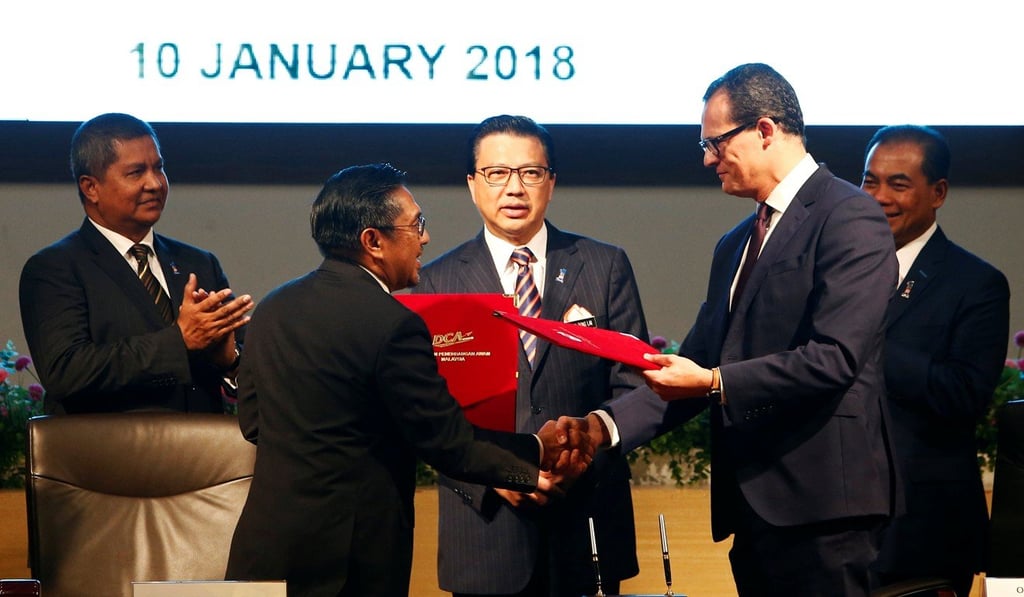MH370: mystery of private company behind renewed search for missing plane
Ocean Infinity has taken over the search for lost Malaysia Airlines flight MH370 on a no-find, no-fee basis. But what is in it for the Texas-registered company?

Four years after the loss of flight MH370, the hopes of the families of the 239 mostly Chinese people aboard the Malaysia Airlines Boeing 777 are focused anew on an underwater search for the wreck. In a surprising turn of events, in January, a private American underwater surveying company – Ocean Infinity – embarked on a fresh search, at the same time taking on the operation’s huge financial risk.
“The whole world, including the next of kin, have [new] hope to find the plane for closure,” Malaysian civil aviation chief Azharuddin Abdul Rahman said this month, speaking before the families, who had gathered in a mall outside Kuala Lumpur to commemorate the anniversary of the disappearance.
The official search had been called off in January 2017. Led by the Australian Transport Safety Bureau (ATSB) and conducted over 1,046 days in the east of the southern Indian Ocean, it had mapped 710,000 sq km of ocean floor (equating to almost 10,000 times the area of Hong Kong Island), 120,000 sq km of which was scanned in high resolution, thus eliminating it “with a high degree of confidence”, according to the final ATSB report.

In other words, after three years of intensive searching, at a cost of A$200 million (HK$1.2 billion), the main conclusion was that the plane is probably not in that tiny fraction of ocean. The report mentioned, incidentally, that four shipwrecks had been identified in the area searched. The investigators also indicated that, according to the report, the “understanding of where MH370 may be located is better now than it has ever been”.
[There is] a realistic prospect of finding the plane. We are ultimately providing a service to the government of Malaysia